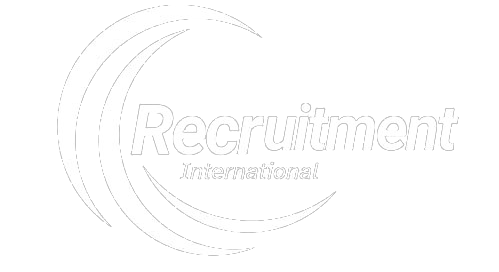How to Overcome Bias in the Recruitment Process
Overcoming Bias in the Recruitment Process
Introduction
In the dynamic landscape of recruitment, where talent acquisition is pivotal for organizational success, bias poses a significant challenge. Bias in recruitment can manifest in various forms, including gender bias, racial bias, age bias, and more. These biases often operate at a subconscious level, influencing decision-making processes without individuals being aware of them. Recognizing and addressing bias in recruitment is crucial for fostering diversity, equity, and inclusion in the workforce.
Recognizing Bias
To effectively combat bias in recruitment, it’s essential to first recognize its presence. Implicit bias, in particular, refers to the unconscious attitudes and stereotypes that affect our understanding, actions, and decisions. While often unintentional, these biases can significantly influence recruitment decisions, leading to the perpetuation of inequalities in the workforce. Understanding the different types of bias and how they manifest is the first step towards mitigating their impact on hiring outcomes.
Addressing Bias in Job Descriptions
One common source of bias in the recruitment process is the language used in job descriptions. Research has shown that certain words and phrases can inadvertently discourage certain groups from applying for roles. By crafting inclusive and gender-neutral language, organizations can attract a more diverse pool of candidates. Avoiding biased phrases and stereotypes ensures that job descriptions appeal to a wider range of applicants and do not inadvertently exclude certain groups.
Implementing Unbiased Screening Methods
To mitigate bias during the screening stage, organizations can adopt blind recruitment techniques. Removing identifying information such as names, genders, and ages from resumes and applications ensures that candidates are evaluated solely based on their qualifications and experience. Additionally, structured interview techniques, where all candidates are asked the same set of predetermined questions, help minimize subjective judgments and biases. This ensures that candidates are assessed based on their ability to perform the job rather than irrelevant factors.
Promoting Diversity and Inclusion
Creating diverse hiring panels comprising individuals from different backgrounds and perspectives can help mitigate bias in recruitment decisions. By incorporating diverse viewpoints into the hiring process, organizations can make more objective assessments of candidates’ suitability for the role. Establishing diversity initiatives and providing training on unconscious bias awareness also fosters a culture of inclusion within the organization. When employees feel valued and respected, they are more likely to contribute positively to the organization’s success.
Leveraging Technology to Mitigate Bias
Advancements in technology offer innovative solutions for addressing bias in recruitment. Artificial intelligence (AI) and machine learning algorithms can analyze large datasets to identify patterns of bias in hiring decisions. By flagging biased language or behavior, these algorithms help recruiters make more informed and objective decisions. Additionally, bias detection software can scan job descriptions, resumes, and interview scripts for language or phrases that may perpetuate bias. However, it’s essential to note that while technology can help mitigate bias, it’s not a panacea. Human oversight and intervention are still necessary to ensure fairness and equity in the recruitment process.
Monitoring and Evaluation
Regular audits and reviews of recruitment processes are essential for identifying and addressing any biases that may arise. Collecting feedback from candidates and employees about their experiences with the recruitment process provides valuable insights into areas for improvement. By continuously monitoring and evaluating recruitment practices, organizations can ensure that they are fostering a fair and inclusive hiring environment. Additionally, holding recruiters and hiring managers accountable for their decisions and providing ongoing training on bias awareness helps reinforce a commitment to diversity and inclusion.
Conclusion
Overcoming bias in the recruitment process is an ongoing challenge that requires a concerted effort from organizations and recruiters. By recognizing and addressing bias at every stage of the recruitment process, from job descriptions to screening methods, organizations can build more diverse and inclusive workplaces. Embracing diversity not only enhances organizational success but also fosters innovation, creativity, and collaboration. Through continuous improvement and a commitment to fairness and equality, organizations can create opportunities for all candidates to thrive and contribute to their full potential. By prioritizing diversity and inclusion in recruitment practices, organizations can unlock the full potential of their workforce and drive long-term success.







